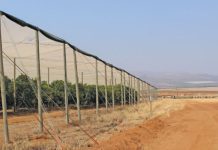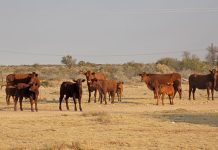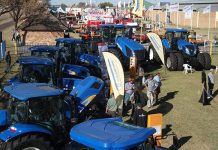“To farm successfully today, farmers need knowledge,” Peter Hardie, chairperson of the Eastern Cape’s National Wool Growers Association told the annual congress in Cradock. “Like the motor industry, where researchers are already planning models 10 years ahead, we need new technology all the time. We have to ask ourselves if we are farming with a 1970 model or a 2008 model. And are our researchers working on yesterday’s or tomorrow’s problems?”
Hardie said while it’s up to the organisation’s production advice service to supply farmers with the latest technology, it’s up to the producers to identify problems at regional level. He suggested more study groups, a more focused approach to predator losses and greater attention to resource utilisation and fodder plants. “In the communal areas, we must continue to concentrate on training shearers and wool classers and help farmers improve their meat production and flock management. But the infrastructure in these districts remains a huge challenge.”
According to Hardie wool production is playing an increasing role in the economy of the province, including the communal regions. “There, the value of the wool clip increased from about R13 million in 2004/05 to nearly R31 million in 2006/07. This could easily double if we could raise the quality of their clip, as well as standards in the shearing sheds. Our ram project is already paying dividends in this respect.” He added that the wool industry should welcome more cooperation between the Red Meat Producers Association and the National Wool Growers Association. “The two have so much in common – from stock theft and predator control to land reform and natural resources – that forming a partnership organisations should be a priority.” H ardie said promotion and marketing of wool also remains high priority.
“It’s tragic that wool promotion stagnated since the demise of the IWS, but our participation in International Wool Textile Organisation activities allows us to be closely involved with international promotion. It’s essential for the South African clip to receive the attention of the world’s wool buyers again. Our recent policy on best practice makes it clear how highly we rate the welfare of our animals, our natural resources and our social responsibilities. ”The wool clip in the province increased by 14,5% over the past year, translating into nearly R369 million. “Given that wool is responsible for only 40% of the wool sheep’s income means our flocks directly contributed nearly R1 billion to the rural economy.” Barkly East is the province’s biggest wool producer with nearly 967 000kg, followed by Cradock. The average microns for the province are 20,4μ. – Roelof Bezuidenhout








